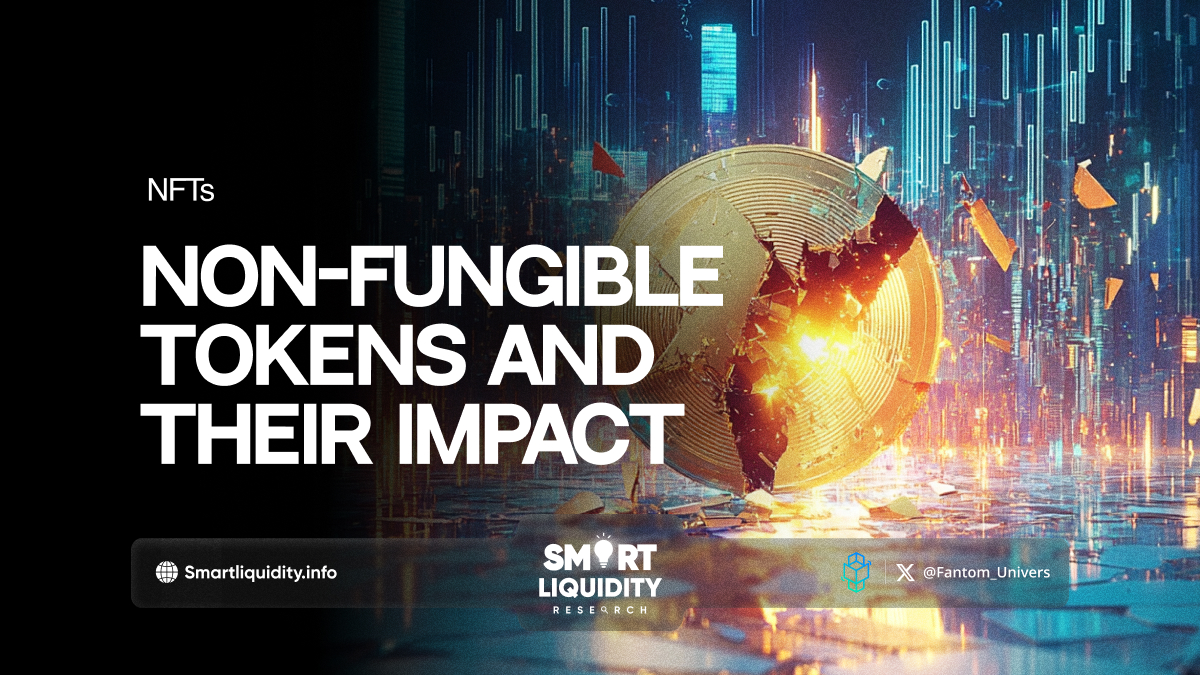NFTs: Understanding Non-Fungible Tokens and Their Impact


Non-fungible tokens (NFTs) have revolutionized the digital landscape by providing a unique way to own, trade, and verify digital assets. Unlike cryptocurrencies, which are interchangeable, NFTs represent distinct items—ranging from digital art and music to virtual real estate—on the blockchain.
The rise of NFTs has empowered artists and creators by enabling direct sales to consumers, eliminating intermediaries and allowing for higher profit margins. This democratization of access fosters creativity and innovation, giving rise to new art forms and revenue streams.
NFTs also have significant implications for ownership and provenance. By leveraging blockchain technology, they provide transparent and immutable records of ownership, making it easier to authenticate and trace the history of digital assets. This aspect has led to increased trust among collectors and investors.
Moreover, NFTs are making waves in various sectors, including gaming, fashion, and entertainment, where they enhance user engagement and offer unique experiences.
Despite some challenges, such as environmental concerns and market volatility, the impact of NFTs is undeniable. As the technology matures, it continues to redefine ownership, creativity, and community in the digital age, shaping the future of asset exchange and interaction.
DISCLAIMER:
“The information provided on this platform is for general informational purposes only. All information on the platform is provided in good faith; however, we make no representation or warranty of any kind, express or implied, regarding the accuracy, adequacy, validity, reliability, availability, or completeness of any information on the platform.”




